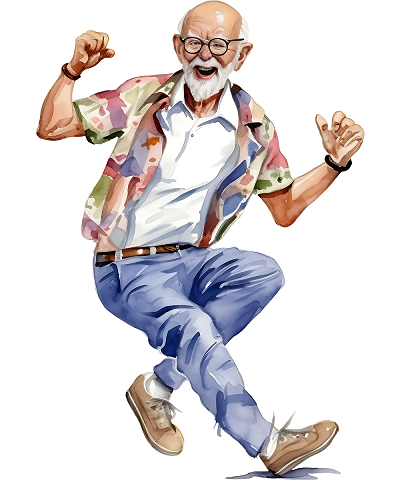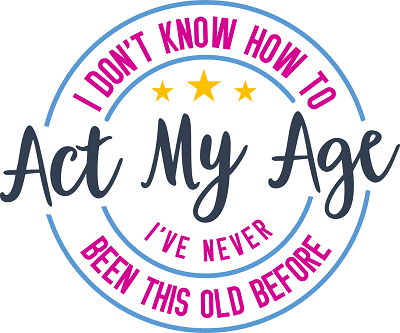 Bone health and strength becomes an important part of health discussions after age 50. One of the reasons for these health discussions is that the risk of osteoporosis-related bone fractures and breaks increases. After age 50, one in four men and one in two women will have an osteoporosis-related bone fracture or break. The National Osteoporosis Foundation wants people to know that bone health is one of the most important factors in aging well.
Bone health and strength becomes an important part of health discussions after age 50. One of the reasons for these health discussions is that the risk of osteoporosis-related bone fractures and breaks increases. After age 50, one in four men and one in two women will have an osteoporosis-related bone fracture or break. The National Osteoporosis Foundation wants people to know that bone health is one of the most important factors in aging well.
How to Build Bone Mass
One of the easiest ways for people to build bone mass is with weight-bearing activities. Weight-bearing activities can include anything from walking to lifting weights. Weightlifting is one of the more successful bone building activities because of the amount of pressure it puts on the body and the amount of force that puts on the bones.
Bones specifically adapt to the demands placed on them. A person’s body will build new bones approximately every 7 years. The amount of bone density that you have is directly related to the amount of weight bearing activity that you do. The more active you are, the stronger your bones will be.
People over age 50 who have not already started a weight bearing exercise program should consider starting one immediately. Starting a weight bearing exercise program will result in denser stronger bones and can prevent hospitalizations due to falls, fractures, and breaks. One of the leading cause of death for people over age 65 is hospitalization due to a fracture from a fall.
Why Resistance Training?
The National Osteoporosis Foundation recommends the use of strength training and resistance training when building strong bones. They define resistance and strength training as any weight bearing exercises that utilizes gravity or resistance in their performance.
These activities can include lifting weights or performing daily activities for living like getting up and down from a seated position, kneeling, bending, and squatting. Performing daily activities that you use in your routine will help you build functional movement patterns as well as strong bones.
Combining functional movement patterns with strength training will help prevent falls and build strong bones at the same time.
Does the Exercise Need To Be High Impact?
The recommendation for strength training activities for populations over age 50 includes high impact activities like step aerobics, walking, or jogging. The Osteoporosis Foundation doesn’t want you to think that you have to do only high impact activities.
While the higher impact activity may be better than low impact exercises at building bone density. Don’t let that make you think you should not exercise to build bone density. Activities like yoga and stretching will also help you build the bone density needed to avoid the health risks associated with osteoporosis.
The best plan for building strong bones into your golden years is to stay active. There is evidence that all forms of activity will benefit bone density for the elderly. When it comes to bone health, preventing bone loss from occurring is one of the most important things that you can do.
Participating in any form of exercise is going to be beneficial in the prevention of bone loss and bone diseases like osteoporosis. Don’t think just because you cannot participate in the high impact activities you should skip out on activity altogether. This would be a huge detriment to your overall bone health.
What If I Already Have Bone Loss?
If you already have signs of bone loss, strength training can still benefit your health. The only thing that you will need to consider is your increased risk for fracture. When participating in strength training activities with bone loss, you may want to consult a certified personal trainer to ensure you are performing the activities correctly.
Correctly performing activities like squats and lunges will reduce the force placed on your bones and reduce your risk of fracture.
The most important thing to remember is to keep moving. No matter what your age, movement is the best thing for bone health.


